Sean Ensch is a Norway-based landscape photographer. Originally from Southern California, he spent the last year traveling through the Eastern Caribbean, the North and Southwestern United States, parts of the Central American Caribbean, and the west coast of Norway. Besides photography and travel, Sean is a freediver, spearfisherman, hiker, explorer, and adventure enthusiast. Through his stunning body of work, Sean would like to give viewers a fresh look into a world they didn’t know. In this story, Sean takes us on photo road trip to explore the true countryside of Norway. Plus, he also shares how he shot and processed his gorgeous landscape images. Scroll down to see Norway anew!
by Sean Ensch
Visiting Norway soon? Get out of Oslo, and come to one of Norway’s best-kept secrets instead—the county of Møre og Romsdal, a perfect place for a photographic adventure. I recently moved from the sunny beaches of Orange County to the countryside of Western Norway with my girlfriend. We spent our first two months living in her hometown of Åndalsnes in Møre og Romsdal, which is a landscape and adventure photographer’s dream come true. Strangely, not many people that visit Norway have ever heard of this region, nor is it advertised a lot. When people visit Norway, they always go to the same places—Oslo, Stavanger, Bergen, the bigger cities. They’re all great places to visit, but for a photographer, you’re really missing out. Want to shoot epic mountains, winding turquoise rivers, the infamous Atlantic Puffins, and quaint farms along beautiful fjords? You can have it all with a train ride from Oslo International Airport. The train drops you off right in the town center of Åndalsnes. From there, you can rent a car and be off on your journey. There are so many striking locations around this region that I had a hard time fitting them in this article. Here are my favorite locations in Møre og Romsdal that look like they come straight out of a fantasy fairytale:
The Grand View
Welcome to Åndalsnes, the small town at the end of the train. For some reason, this town doesn’t get the exposure it deserves. The town itself is small, quaint, and probably nothing exactly to write home about. But the scenery around it is breathtaking in every way. There is a mountain in every direction you look, surrounding the valley like giants. If you have the drive, you can hike up any of these mountains and take in the epic views. This is a view of the valley floor from the mountain Nesaklsa. It’s the most used trail with the locals running up and down it for exercise like mountain goats. I hiked up late one evening in the middle of summer as the sun had already dropped below the mountains and splashed a hue of color through the hazy sky. It created a nice scene for the view. I shot this with my Canon 6d that I use for all my images, along with a Canon ef 17-40mm lens and took two exposures—one to capture all the highlights and one +2/3 stop in order to capture a few more details in the shadows, especially the river. In post-production, I used Adobe Photoshop CC to blend the two exposures by creating a layer for each image and masked the brighter image’s shadows in to other exposure through luminosity masks. I brought up the shadows and blacks, along with adding some vibrance to enhance the photo.
Rain over Romsdalsfjord
This is Romsdalsfjord, the main fjord that runs through the town. This image truly captures the wild weather through this region, which can be unpredictable and beautiful. I took this on a day where it had been raining non-stop, which isn’t all that uncommon because the clouds seem to get trapped along the mountains in the valleys. As the late summer sunset was approaching, I noticed the storm blowing over as it passed the mountains. I jumped in my car and headed down to the fjord. As soon as I arrived, the light seemed to explode, twisting and turning around the angry clouds as they passed. The now-distant rain lit up beautifully as the sun broke out. I noticed a nice curve in the sky’s lighting, and I tried to quickly compose an image that would make the eye follow this curve through the image. I always strive to make the eye travel through the photo with compositional elements. It’s an important element in creating an image. And in a place with vast views like Norway, sometimes it can be difficult to simplify your image. So take your time evaluating a scene before you set up. I took this photo with a Canon 6d and Canon ef 17-40mm lens. I really spent a lot of time processing the image. The wide variety of light, tone, and color really threw my camera sensor for a ride. I worked with the raw image in Adobe Lightroom to fine tune the white balance, levels, and adding contrast. In Photoshop, I worked with multiple layers to tweak the levels in the dark areas, and I used luminosity masks to adjust the color balance between the lights and the darks. I used a mild Orton Effect to soften the sky a bit, and really show how much the scene glowed.
That Magic Light
Innfjorden is an even smaller town, about twenty minutes away from Åndalsnes. Innfjorden is a picturesque place with tall, sloped peaks on either side to stand guard over the valley and town below. It’s a good area to explore with small rivers and many good hikes to go on. This image was taken on the peak Nøsa. It took me about one and a half hours to get up. I got up late in the evening just as the sun was dipping below the neighboring mountains. Since it was close to midsummer’s in mid-June, the sun didn’t set until 11:20 p.m. It’s a great time to be shooting because the light and colors last for a solid two hours when the conditions are right. Below, you can see the fjord stretching off Romsdalfjord. Across the mountain, Gridsetskolten sits, towering over with a sheer vertical drop. Gridsetskolten is used for the World Base Jumping event that happens every year at the end of July. This is a pretty straightforward photo. I just wanted to fill the frame with the scene before me. I used a cliff off Nøsa as a small counterpoint to the mountains across the fjord. I waited until the light shot straight through the frame and lit up the side of the mountains across the fjord. In post-processing on Adobe Photosho, I used dodging and burning techniques with luminosity masks to really fine tune some of the detail through the image. This image represents the countryside of Western Norway well—a small farm town in the valley along the fjord surrounded by mountains.
Summer on Romsdalshorn
The next location we’re hitting up is Lillefjellet. Lillefjellet is one of my favorite views from high up. A 20-minute drive around the fjord and mountains surrounding Åndalsnes, you can take a small road in to a different valley that sits much higher. From here, there is a short 15-20-minute hike up to the ridge line. The view is a panoramic scene of the entire valley below and behind you. It’s a powerful scene in itself. The ridge looks one way towards Romsdaleggen, a well-known epic hike along the ridge line. It’s a 5-7 hour hike, but it’s worth it. On the other direction along Lillefjellet stands a great mountain peak named Romsdalhorn. Romsdalshorn has a very peculiar shape unlike any mountain I’ve ever seen. It arches over like its name, a horn, but is flat at the top. It’s a cool peak, and from Lillefjellet, you can walk all the way towards it. This image was taken at end of June, around early evening. I took my photographer friends who were visiting up the ridge to shoot. The sky wasn’t that impressive, but the low sun was creating some beautiful, striking light along the peak and the foreground. I love the little white puff plants, named Eriophorum, that sprout all over the higher regions of western Norway. They get a nice brightness to them when the low sun hits them. I shot very low on the ground. I found a cluster along a thin puddle of water to help lead the eye towards the peak, and found a nice balance in the image. The lighting was perfect, so there was no need for bracketing exposures. In post-production, I used Lightroom to adjust the white balance and added some contrast and clarity to make the foreground pop a bit more. Then, I exported the image to Adobe Photoshop CC where I used some dodge and burn techniques to bring out the highlights, and deepen some of the shadows to give the image a little more pop. Although this isn’t one of my strongest photos, it resembles how summer in Norway feels when people are outdoors enjoying the sun in good spirits with winter long past behind them.
The Troll Wall
One of the main attractions of Lillefjellet is the view of the mighty Troll Wall, or Trollveggen. As you come up on the ridge, it’s the first thing you will notice. It stands opposite the valley directly in front of the ridge. It’s an amazing structure. A tall jagged set of peaks and wall with a vertical drop to the valley floor. Norway made it illegal to base-jump from Trollveggen after some people died attempting it, though I’ve heard people still continue to do it. I took this photo on a foggy evening, watching the fog roll in and out through the valley over the ridge. I thought this was a perfect scene for a monochrome image, with the wall itself being brooding and slightly evil-looking in a way. To me, the wall looks like the home to mythical creatures or an evil sorceress, so I wanted to capture a mood to reflect that. In post-production, I used Adobe Photoshop CC to add a vignette and convert the image to black and white. After adjusting the levels, I enhanced the mood and added a pale blue tint over the image for an added effect.
Let the Light Shine Through
This is an image that I was fortunate catch. We were up on the ridge on a dark, grey cloud-covered day, which is very common in Norway. So we stayed up for awhile to see what would happen. Just as we were leaving, the sun broke through some holes in the clouds. We witnessed ten minutes of sun rays bouncing off the valley and the surrounding mountains. It was like magic! The deep blue, grey clouds, and light splashing at the bottom of the rays look just like a painting. To properly capture the mood, I utilized the same techniques as the “Frozen Light” image. I bracketed three exposures to catch the bright highlights in the sky, the foreground, and to catch proper detail in the shadows. I opened each photo in Adobe Photoshop CC as a new layer, and then manually blended the exposures using luminosity masks. After I had my blended image, I intentionally darkened the image a bit using curves adjustments, then used some dodging and burning techniques to bring out detail in the sky and different elements of the scene. I wanted to image to appear dark and foreboding, with the main emphasis being on the light pushing out the clouds and onto the valley floor.
An Evening in Norway
This place is the true epitome of the Norway countryside. Torvika is a small farm village across the fjord, a short 15-minute drive from Åndalsnes. Houses and small farms line the road, sitting high over the fjord. The view is beautiful. Sheep graze along the hills over the fjord. Scross the fjord, you can see in to Innfjorden with the awesome ramp-like Grisetskolten and Nøsa mountains, standing prominent on either sides. There isn’t a ton of compositional freedom in this area, but I wanted to catch the scene and represent it with the proper mood you feel when you are here. I came to this location in early summer with a sky of fluffy, colorful, glowing clouds to really capture and enhance the fairytale feel of the place. I took this photo with my canon 6d and canon ef 17-40mm lens using a Hoya combo warming circular polarizer and waited for this long arc of clouds to pass through the middle of the valley to sweep over the fjord. It is one of the favorite locations I’ve discovered. In post-processing this image, I used Adobe Photoshop CC. I brought up the midtones a bit in the foreground to make them brighter with less contrast, making it appear a little more like a painting. In the sky, I used some dodging and burning techniques to bring out the definition in the clouds. I really love the mood in this image. It screams Norway. It captures every emotion that I feel while living here.
Dancing on Trollstigen
From Åndalsnes, you can head through the valley along the tourist road up the mountains on the winding, ascending road named Trollstigen. The road switch backs up the mountains, passing a waterfall. When you reach the top, there is an overlook you can walk out to where the view is fantastic. This location is great to photograph because ease of access—no hike required, but it can get very crowded in the middle of summer, and the road is closed throughout winter. This image was shot during one of the great times that the conditions line up just how I wanted. I drove up the road on a very foggy evening, just hoping that the fog would be sitting low enough that the overlook would be above it. The fog turned out to be very low and so thick that the texture of the fog was like whipped cream, along with the late evening light playing off it. It was such a beautiful sight to watch the fog shift back and forth in the valley below. This photo is actually a frame taken from a timelapse I shot for 20 minutes. I wanted a frame with a car driving down the road, and the fog wrapping around it. I managed to get a good one out of the timelapse. For post-processing, I used several dodging and burning techniques in Adobe Photoshop CC with luminosity masks to really fine tune the detail in the fog. I wanted to get as much texture out of the image as I could. I wanted a dark, eerie mood, yet still keeping it soft and dreamy at the same time.
Hit play to watch the timelapse video and see Trollstigen fog in action:
Watch video in a new window.
Frozen Light
At the top of the road, just past the parking area, there is a trailhead that takes an hour to get up. It leaves you behind one of the main peaks, Bispe. Behind that peak, there is a beautiful lake, Bispevatnet, which remains partially frozen through the beginning of summer. I arrived at the lake on a late afternoon, not really having any intention of taking photos. But when I saw the lake, I just had to get a shot. The bright white snow with a ring of bright blue water around the edge of the lake, and the light pushing over the peaks striking the lake really caught my eye. It was just so cool, like a photo I’ve never really seen before. The contrast of it all was so much. I knew it would be a tough shot to pull off with such harsh light. I used a Hoya polarizer to cut the massive glare, and it took five total exposures to capture all the dynamic range I could. Three exposures in the sky and two for the foreground. In post, I manually blended the image in Photoshop CC using luminosity masks. I very carefully pieced the image together giving it the most natural, true-to-eye capture that I could. I really love working with manually blending multiple exposures with luminosity masks in Photoshop. It really gives you so much control over the image. If you have interest in learning these techniques, I suggest you check out Jimmy McIntyre’s tutorials on the subject. They are so good and informative. A must for learning proper post-processing of images.
Gudbrandsjuvet
You can continue along the same road past Trollstigen through the high valley, and see stunning scenery all the way. Along the way there is a cool, little spot named Gudbrandsjuvet on the side of the road. It’s a small, narrow slot canyon with a river rushing through it that has bridges built over it to view. The cool part is the small cascades, and the color of the water is so bright blue—it’s beautiful to see with some interesting photographic opportunities. I took this image on a clear evening as the sun was getting low. I liked the way the river was rushing through the canyon walls while the sun was peeking through the trees. It is a perfect place to just sit, relax, and watch the water on a warm, summer day. I wanted to catch that feeling in the photo—the warmth of it, and feel the water below you.
The Pass
You can continue on the highway and cross the fjord on the ferry towards Geiranger. Geiranger has one of the most well-known fjords in western Norway. The cruise ships come through it on a daily basis, and with good reason. The fjord is quite narrow and makes an S curve through the steep, vertical mountain walls. It’s a great place to visit. There are viewpoints over the fjord in several directions and a the tiny town is a really charming place to spend some time. There are fantastic photographic opportunities here because you can get high above the fjord in several locations. To create interesting photos with great scale, there are constantly small boats, ferries, and cruise ships sailing through the fjord. The first image shows the ferry passing through the mountain walls along the fjord where it bends. I love this scene. It shows just how epic and grand the scenery in Norway can be. The mountains are so huge, and they just seem to shoot out of the fjords. I used the ferry for scale of the scene. The landscape dwarfs the ferry, even though these ferries are quite big and can carry twenty or more cars on them.
Smoke over the Fjord
I took this image up high over the town, looking directly into the fjord. It was a late evening, heavy with clouds. At sunset, the clouds rolled and churned over the mountains as the color and light filled them. I noticed a curve of dark clouds, arching over the mountains that made it look like a volcanic smoke scene of sunset. I took the photo with three exposures for all the wide range of light. Then, I manually blended them in Photoshop CC with the same techniques as the Bispevatnet image. Norway is a very moody place. The weather is ever-changing, and can get very dark and brooding, which is what I wanted to catch in this photo over Geiranger.
Valley of Eriophorum
Along the way through the high valleys between fjords, you’ll find numerous fantastic scenes to photograph. With a little luck and a lot of patience, you can drive for hours and hours, discovering new and beautiful scenes to shoot. This image was taken along a road passing between fjords. I was with two of my friends on a photo road trip, and I had been taking them through the fjords when we came across this spot and just had to pull over, which happens a lot in Norway. We walked onto this bright green field just covered with the great white Eriophorum plants I love to use in photos. They are so fairytale looking! I set up an image close to the ground to really immerse the frame in the foreground with the tall mountains behind. The scene looked like something straight out of a fantasy movie, so I wanted to capture that. This image was pretty straightforward. I processed it in Adobe Lightroom increasing some contrast, vibrance for the awesome colors, and adjusting the white balance a bit. It’s a simple photo, but I just love the scene.
The Bird Island
Another fantastic element to this region of western Norway are the small islands right off the coast. The islands are accessible by ferry or bridge. My favorite of the small islands is Runde. Runde is a bird sanctuary for sea birds, where 500,000 to 700,000 sea birds dwell on the island’s cliffs. The most exciting and prominent species are the Atlantic Puffin and a small population of White-tailed Eagles. During the early summer, you can hike to this point, as seen in the photo, on the backside of the island. There, you’ll witness thousands of puffins fly up and down the cliff as they bring mouthfuls of fish to feed their young. I visited Runde in early July on a warm, clear day. My goal was to shoot puffins and the cliffs in the island. I wanted to capture something that would show the expanse of the place. We hiked up late in the evening as the sun was dropping on a high point over the puffin cliffs. I wanted to fill the frame with the cliffs and sea, while still catching the overlook and include the people to catch the huge scale of the place. In the bottom right, you can see a group of people watching the puffins fly. This photo was shot with Canon 6d and Canon ef 17-40 on two exposures, one stop apart. This is so I could capture some of the darker details in the shadows along the cliffs, and still keep the sky true to the eye—kind of soft and beginning to darken. I think the scene really played out well with the soft light splashing on the cliffs and sky. In post-processing, I used a glow effect, similar to the Orton Effect, in the sky to give it a little more softness, and really just enhance the mood.
Puffin Party
The greatest thing to photograph at Runde is the Atlantic Puffin. Puffins have to be the most photogenic birds on the planet. I have seen many puffin photographs by wildlife photographers, but until you spend some time with them, you won’t understand just how much personality they possess. These birds will make you laugh just watching them. They have a funny look and shape—not quite all that stream-lined, a little chubby, with short wings. They aren’t the most graceful of birds either—when they land, they just plop down on the ground. Their other striking attribute is their coloring. With their stark black bodies and white heads with bright orange beaks, they look almost painted. Puffins are quite curious, and will just stare at you, cocking their head back and forth. The best time To photograph the puffins at Runde is during the evening when they are done flying and feeding. They sit on the rocks high on the cliff, as they seem to watch the sunset together. I wanted to catch a photo that portrayed their curious personality. I found a few of them sitting together on a rock, and just sat with them. The trick to shooting puffins, as with any wildlife, is repetition. The beauty of digital cameras is that you can just keep shooting. I must have taken well over a hundred photos of these three puffins. Once I got home, I looked through them all in Adobe Lightroom, and chose the photos that best represented their personality. This photo was taken with a Canon 6d and Canon 70-300mm lens. When shooting puffins, be careful with your exposure and check your histogram to make sure you are not clipping the highlights of shadows. These birds have so much contrast that it’s easy to blow out the white portions of their body. In post-processing, I used Adobe Lightroom and made simple adjustments to the levels by brightening the blacks and shadows to bring out some detail. This photo was pretty straightforward, and didn’t require much work in post.
And we’ve now reached the end of our tour. There is so much to see and experience in western Norway. If are planning a trip to Norway, make sure to spend a few days in Møre og Romsdal, and wander through its beautiful countryside and fjordlands.
To see more of my work, you can follow me on 500px. You can also connect with me on my Facebook page, Instagram, and Tumblr.
Got a question for me or comments about my work? Drop me a line in the comments below.

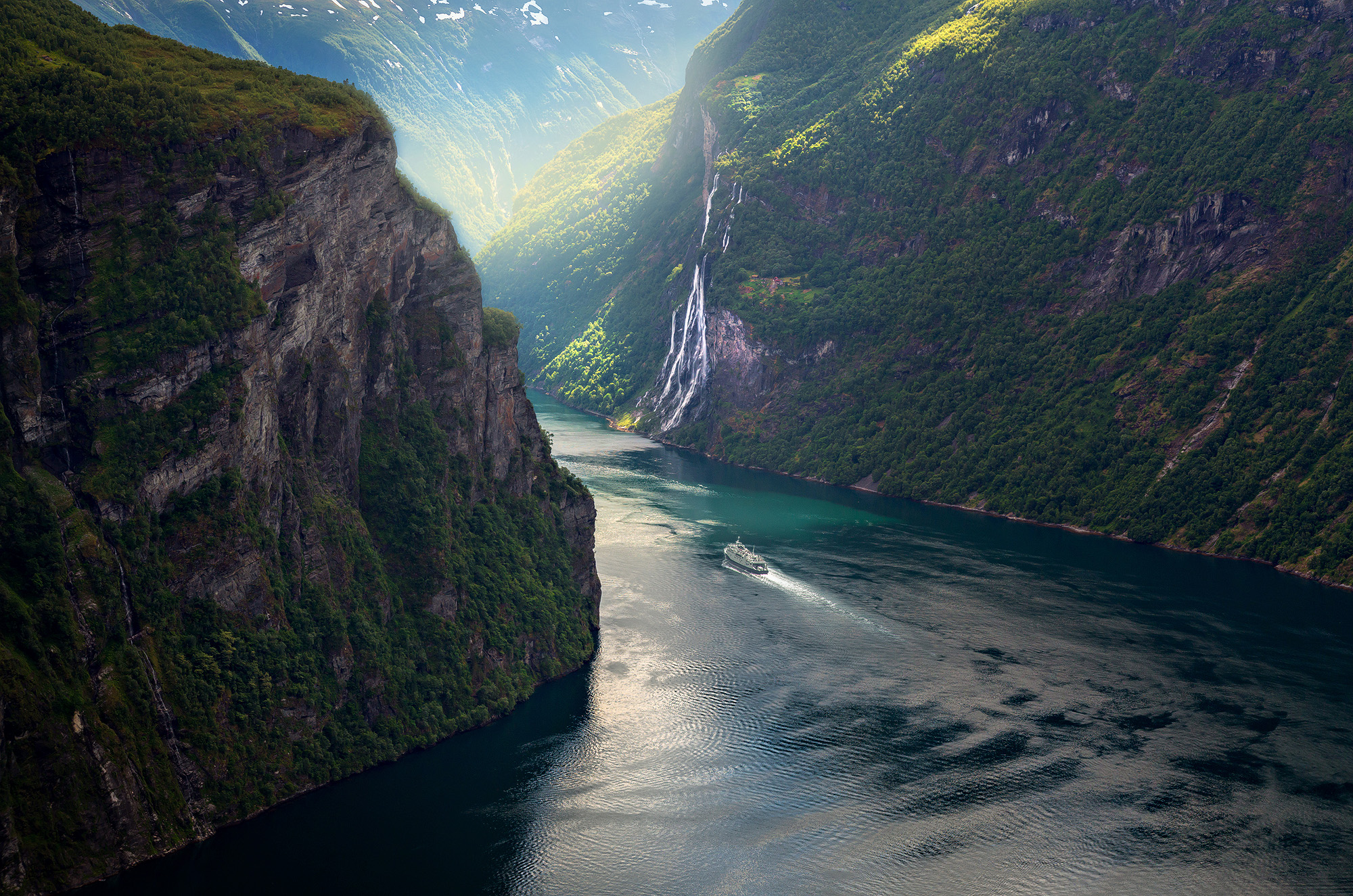
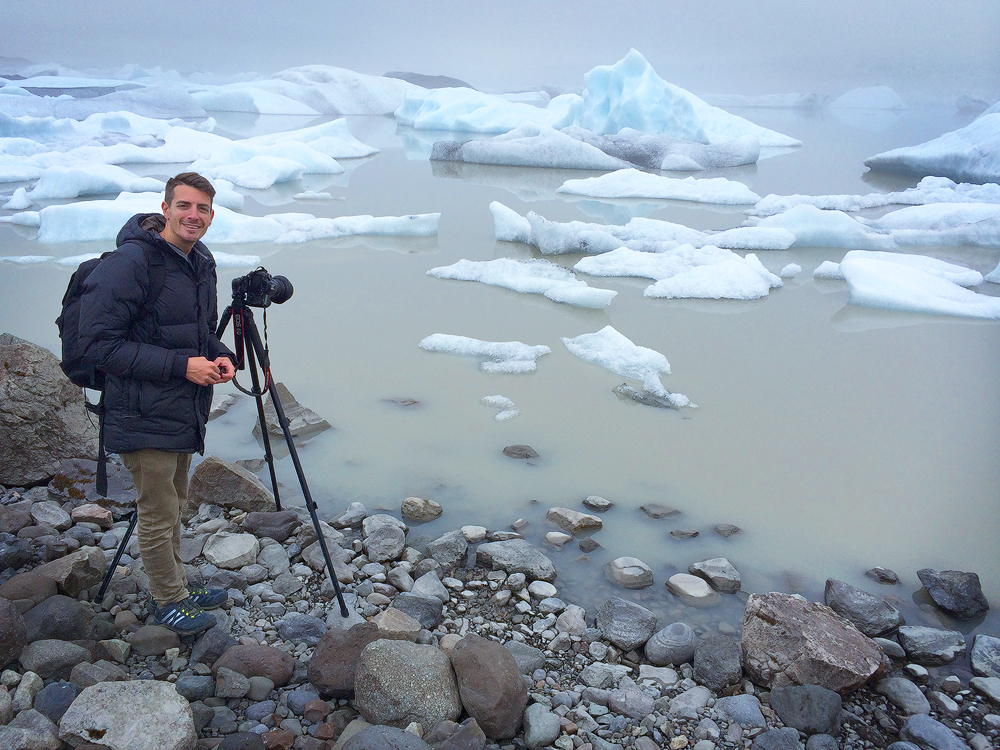















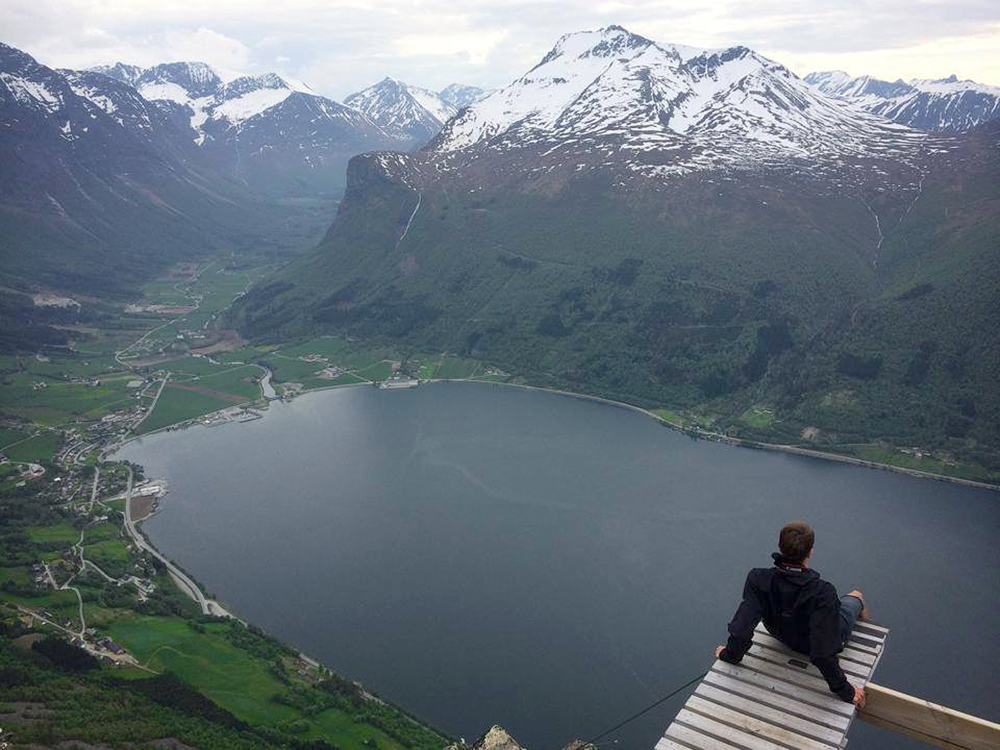
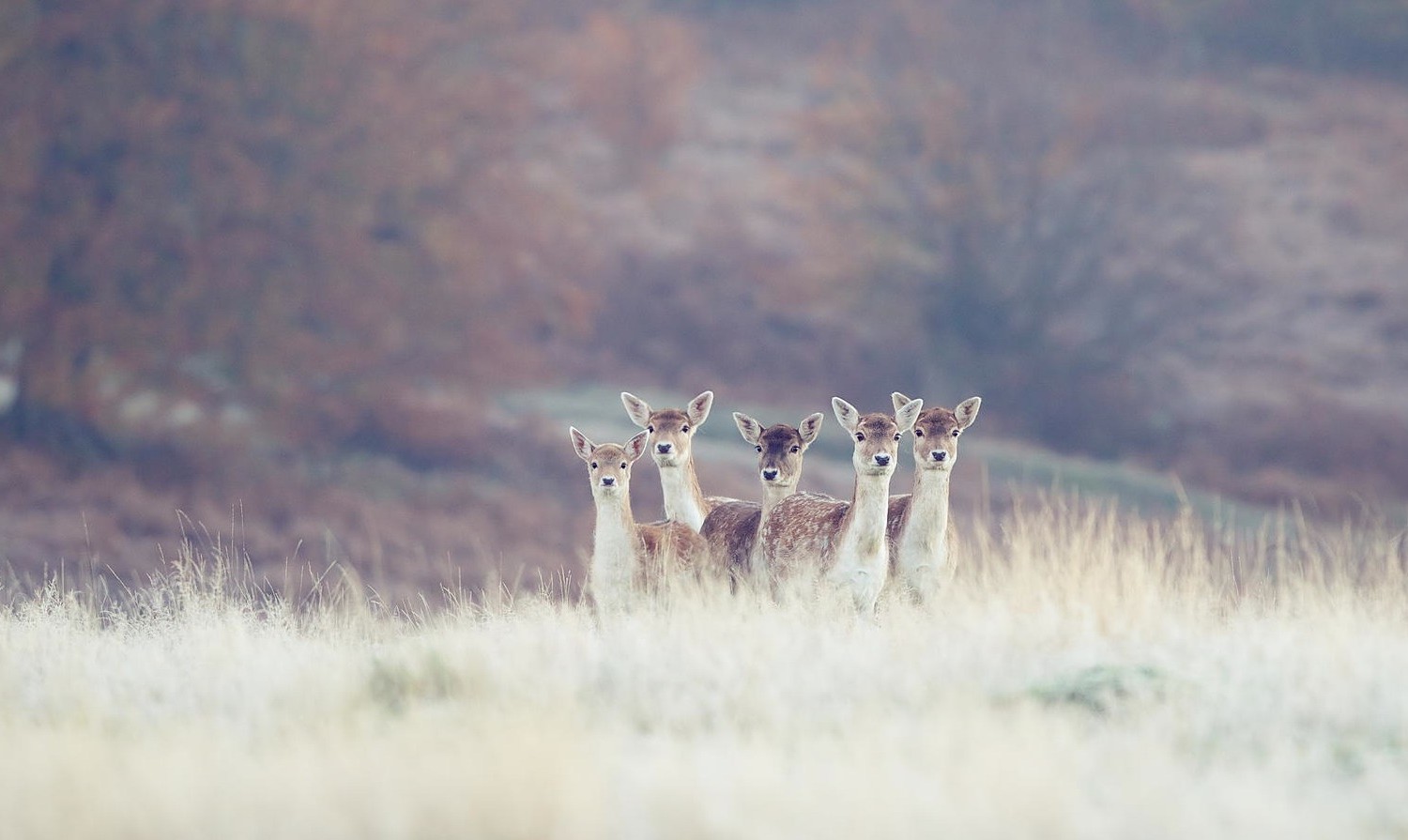

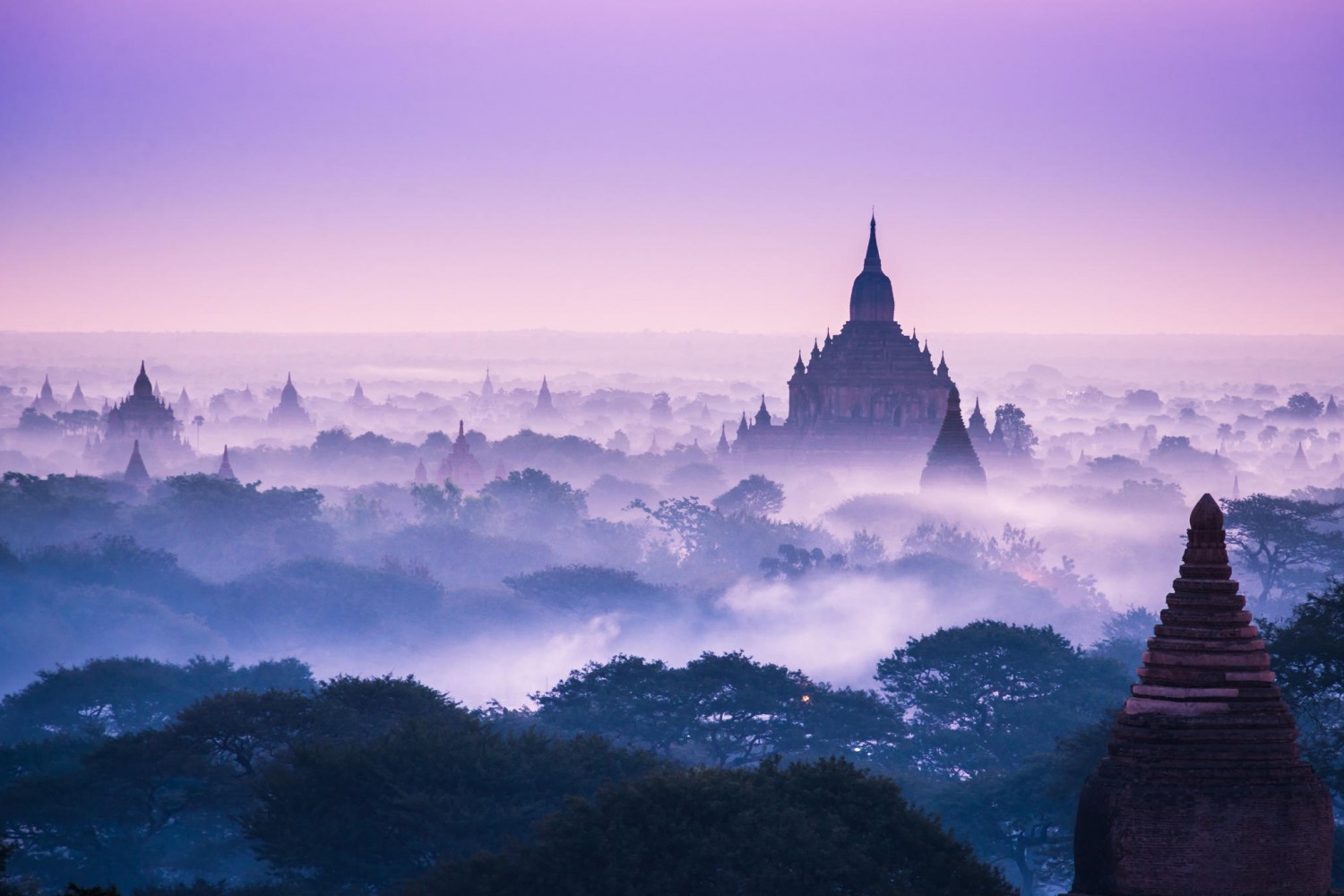
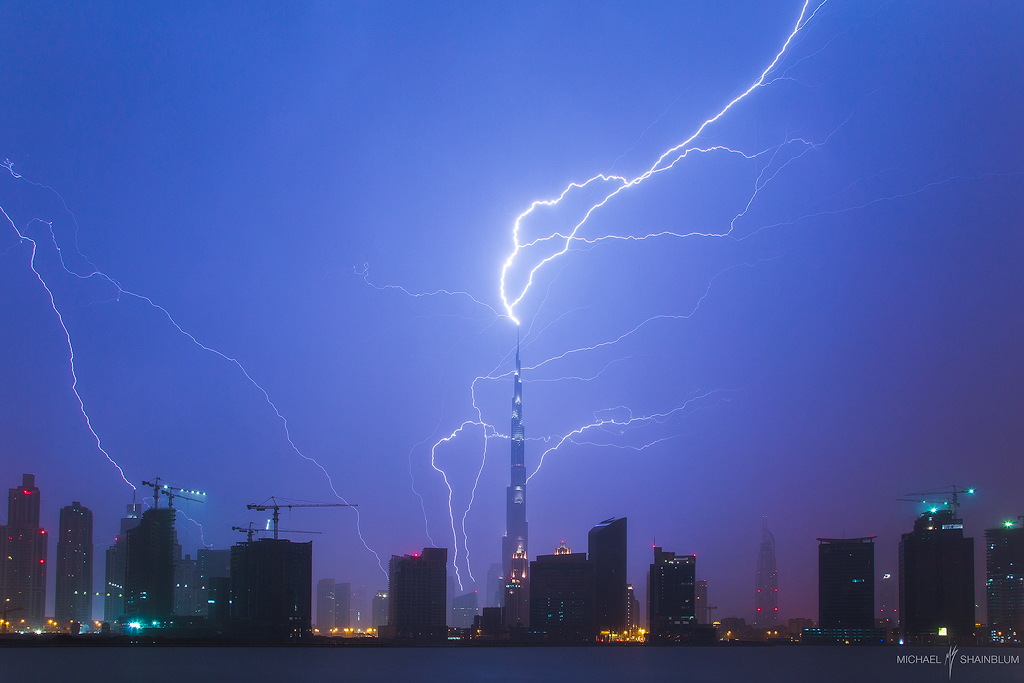
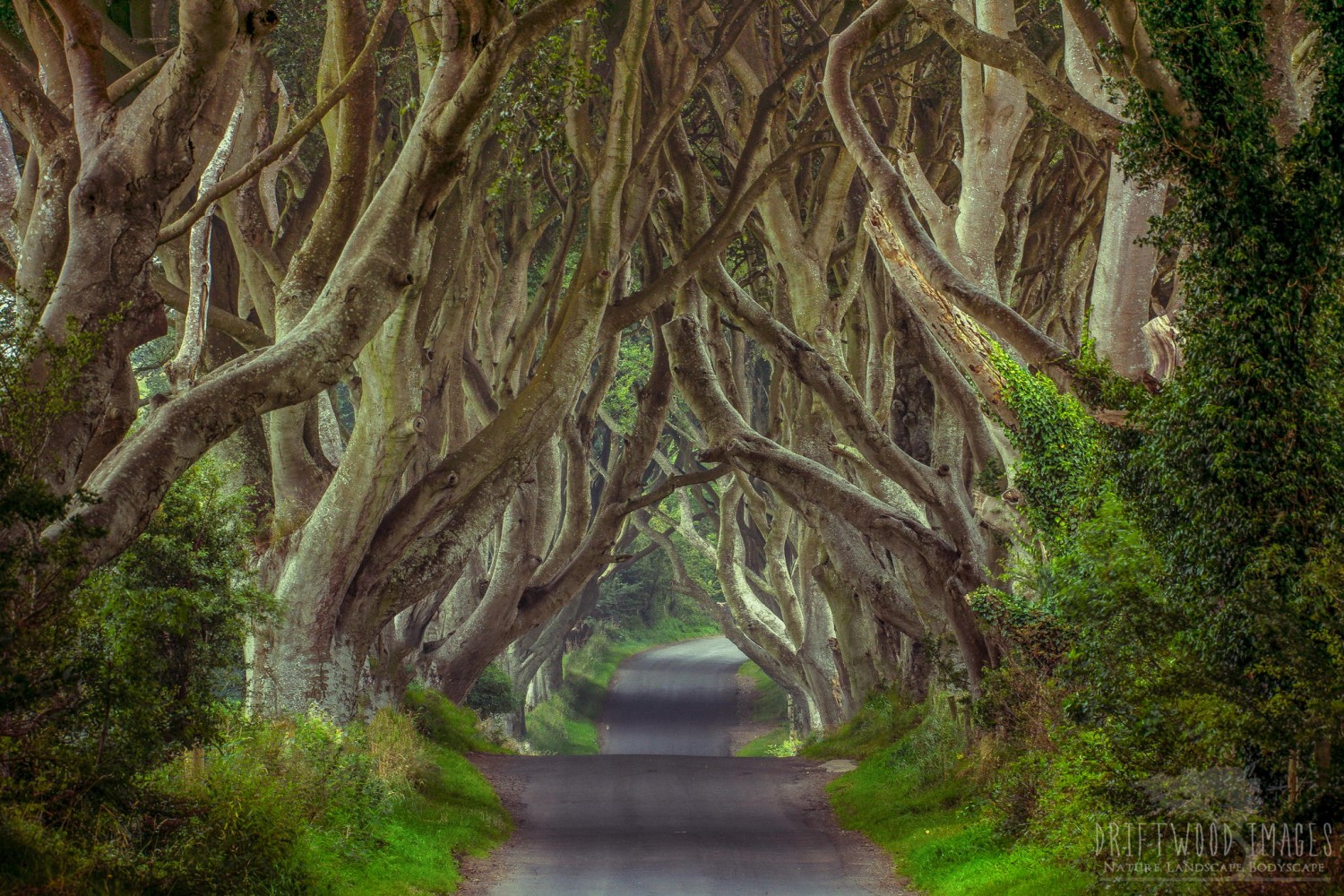
Leave a reply